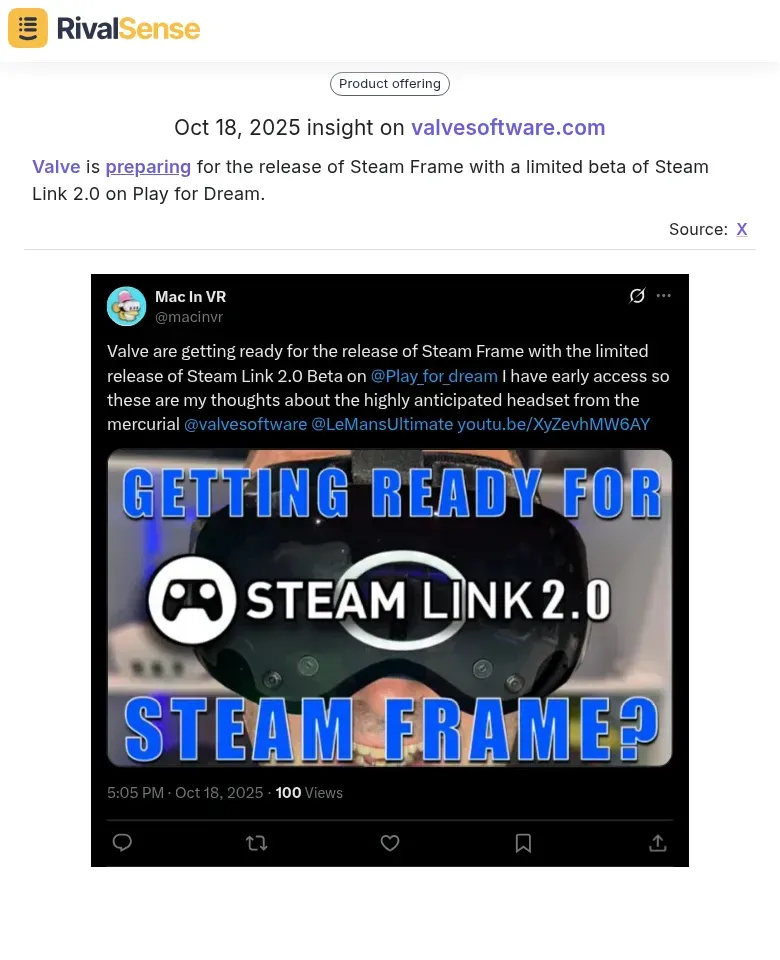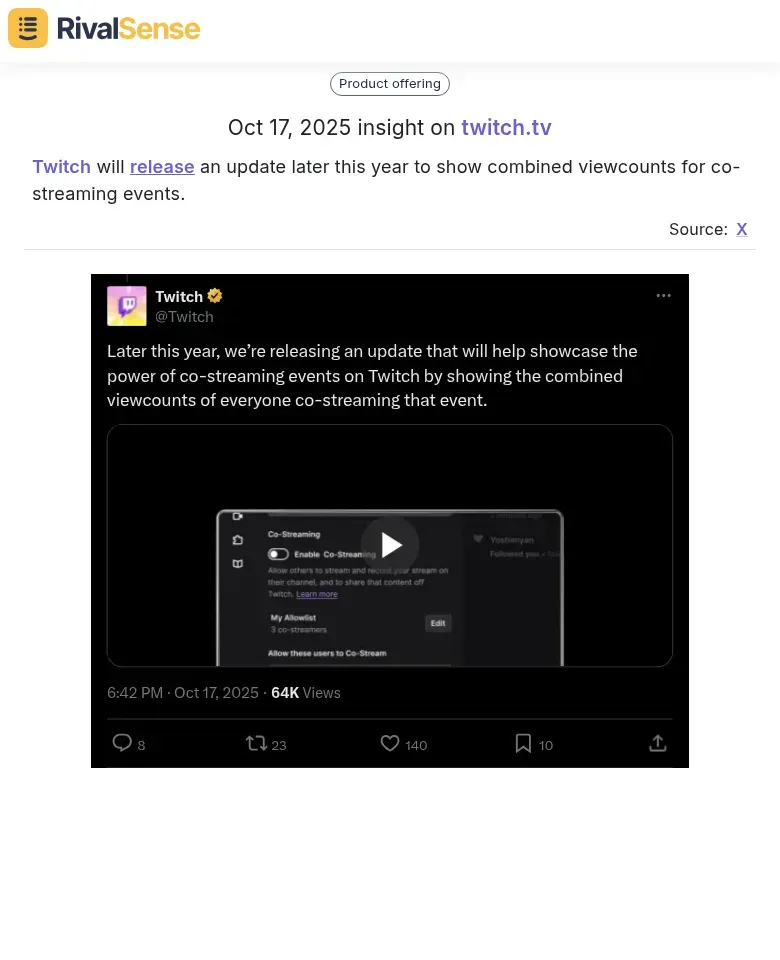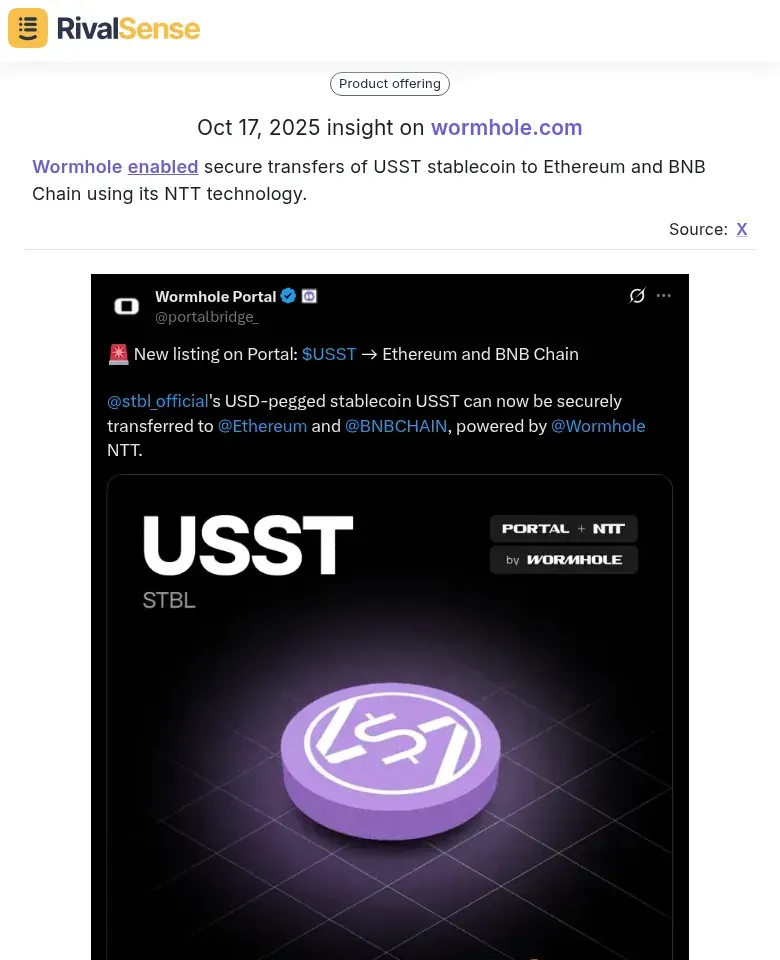Twitter Competitor Pricing Insights: 2025 Strategic Benchmarking
The Twitter (X) competitor landscape in 2025 is evolving rapidly with decentralization and strategic pricing shifts shaping the market. Understanding these dynamics is crucial for business leaders to make informed decisions and stay competitive. Major alternatives like Bluesky (10M+ users), Threads (175M+ monthly users), and Mastodon (15M+ users) are challenging X's $8/month Premium model through diverse approaches—Bluesky remains free while Threads leverages Meta's ecosystem. For founders and CEOs, pricing benchmarking reveals critical insights: decentralized platforms offer cost advantages but may require technical expertise, while established networks like LinkedIn ($29.99/month Premium) provide predictable ROI. Key 2025 trends include:
- Federation over centralization: Platforms adopting ActivityPub protocol enable cross-platform engagement without vendor lock-in.
- Tiered business models: Free consumer access with premium analytics, such as Sprout Social ranging from $199 to $399 per seat per month.
- AI-driven pricing: Tools using machine learning to optimize ad spend and content performance.
Practical Steps for Pricing Analysis:
- ✅ Map competitor feature matrices against pricing tiers to identify gaps.
- ✅ Calculate total cost of ownership, including migration and training expenses.
- ✅ Monitor platform-specific ad CPMs (e.g., Instagram: $10 per 1000 followers vs. YouTube: $20 per 1000).
- ✅ Test free tiers before committing to paid enterprise plans to assess fit.
Strategic pricing intelligence helps avoid costly platform transitions while maximizing audience reach in this fragmented ecosystem.
Strategic Product Positioning Insights from Competitor Moves
Tracking competitor product launches and updates provides invaluable foresight into market trends and strategic positioning. Limited beta releases, in particular, serve as early indicators of future product rollouts and can inform your own timing and pricing adjustments. For instance, RivalSense identified that Valve is preparing for the release of Steam Frame with a limited beta of Steam Link 2.0 on Play for Dream.  Insights into beta programs are valuable because they allow businesses to anticipate competitor moves, adjust their own launch schedules, and refine pricing strategies to counter new offerings effectively.
Insights into beta programs are valuable because they allow businesses to anticipate competitor moves, adjust their own launch schedules, and refine pricing strategies to counter new offerings effectively.
Feature updates also create competitive differentiation by targeting specific customer segments, such as power users or enterprise clients. Twitter's recent 'Community Analytics' update, for example, aimed at B2B customers, highlighting how deliberate positioning can set platforms apart. Phased rollouts further reveal optimal strategies, as seen in Twitter's tiered European rollout, which showed premium features performed better in mature markets.
Practical Steps for Product Positioning:
- 🔔 Set up alerts for competitor beta programs and early releases.
- 🗺️ Map feature updates against target customer segments to identify opportunities.
- 📊 Document rollout patterns by region and user type to inform your strategy.
- ⚖️ Benchmark your positioning against emerging competitive gaps to stay relevant.
Feature Innovation and Integration Strategies
In 2025, Twitter competitors are excelling by bundling features and integrating with other platforms to enhance user value and justify premium pricing. This approach creates ecosystems where each addition multiplies the overall utility, leading to higher customer satisfaction and retention. For example, Threads' integration with Instagram allows seamless cross-posting, boosting engagement while simplifying workflows for users.
RivalSense tracked that Twitch will release an update later this year to show combined viewcounts for co-streaming events.  Monitoring such feature updates is valuable as it helps businesses identify trends in user engagement and pricing models, enabling them to innovate proactively and align their offerings with market demands.
Monitoring such feature updates is valuable as it helps businesses identify trends in user engagement and pricing models, enabling them to innovate proactively and align their offerings with market demands.
Practical Steps for Feature Innovation:
- 🔍 Audit your feature set to identify bundling opportunities that solve multiple user pain points.
- 🔗 Map integration possibilities with complementary platforms your audience uses regularly.
- 💰 Test pricing tiers by offering basic features free and bundling advanced tools in premium plans.
- 📈 Measure perceived value by tracking how feature combinations affect retention and willingness to pay.
Technology Infrastructure and Security Pricing Factors
Technology infrastructure and security are pivotal in differentiating pricing models within the competitive social media space. Investments in areas like encryption, cross-chain compatibility, and scalable systems directly influence premium tiers and customer trust. Platforms such as X (formerly Twitter) charge up to $16/month for Premium+ tiers that include encrypted messaging and advanced data protection, underscoring how security can command higher prices.
RivalSense reported that Wormhole enabled secure transfers of USST stablecoin to Ethereum and BNB Chain using its NTT technology.  Insights into technological advancements like this are valuable because they highlight how innovations in security and interoperability can justify premium pricing and attract users seeking robust, future-proof solutions.
Insights into technological advancements like this are valuable because they highlight how innovations in security and interoperability can justify premium pricing and attract users seeking robust, future-proof solutions.
Practical Steps for Technology and Security Pricing:
- 🛡️ Assess security feature costs against potential premium pricing to optimize ROI.
- 🔄 Evaluate cross-chain integration expenses as drivers for value-add pricing.
- 💻 Map technology investments to tiered subscription models for maximum profitability.
- 📋 Use a checklist: Review infrastructure benchmarks and align with competitor pricing strategies.
Competitive Pricing Models and Value Proposition Analysis
Analyzing competitor pricing models reveals dominant approaches like freemium, premium, and enterprise tiers, each tailored to different user needs and willingness to pay. Feature depth often correlates with price points, with basic social listening tools starting around $29/month and advanced competitive intelligence platforms exceeding $500/month. Value-based pricing is prevalent, where competitors emphasize ROI from insights rather than mere cost recovery, using case studies to justify higher tags.
For business leaders, this means focusing on how pricing aligns with perceived business impact. By bundling competitive intelligence with actionable insights, successful platforms create compelling value propositions that support premium positioning.
Practical Steps for Pricing Model Analysis:
- 📊 Map features against competitor tiers to identify underserved segments.
- 💡 Calculate your value proposition's ROI potential to justify pricing.
- 🧪 Test price sensitivity with tiered offerings and A/B testing.
- 🤝 Include flexibility in enterprise negotiations to adapt to client needs.
Actionable Pricing Strategy Recommendations
Based on the 2025 Twitter competitor analysis, implementing tailored pricing strategies can drive growth and market positioning. These recommendations are designed to help you capitalize on competitor weaknesses and audience preferences effectively. Start by developing tiered pricing that addresses gaps in the market, such as adding advanced analytics to mid-tier plans if competitors lack them.
Tiered Pricing Development:
- ✅ Map all competitor features to identify opportunities.
- ✅ Create clear value progression: Basic (social listening), Pro (engagement tools), Enterprise (predictive analytics).
- ✅ Align pricing with perceived value to attract target segments.
Competitive Positioning:
- 🎯 Use strategic pricing gaps; for example, introduce a $79/month plan if competitors cluster at $99.
- 🚀 Position as an 'affordable alternative' or 'premium innovator' based on market research.
- 🔄 Monitor competitor promotions and adjust offers accordingly.
Dynamic Pricing Implementation:
- ⏰ Leverage real-time market intelligence from tools like RivalSense to track changes.
- 📈 Analyze pricing patterns and test limited-time offers during competitor hikes.
- 🔍 A/B test new models before full rollout to minimize risks.
Stay Ahead with Real-Time Competitor Insights
In today's fast-paced market, continuous monitoring of competitor moves is essential for refining your pricing and strategy. Tools like RivalSense provide weekly reports on product launches, pricing updates, and more, helping you anticipate shifts and act proactively. Ready to gain an edge? Try RivalSense for free at https://rivalsense.co/ and get your first competitor report today to start making data-driven decisions!
📚 Read more
👉 Media Industry Key Account Tracking: Your Strategic Cheat Sheet
👉 Actionable Market Entry Strategies Using Competitor Insights
👉 How to Leverage Competitor Personnel Changes for Strategic Advantage
👉 Unlocking Competitor Pricing Advantages: A Strategic Guide for Business Leaders
👉 Key Account Management Checklist for Elevator & Escalator Maintenance
